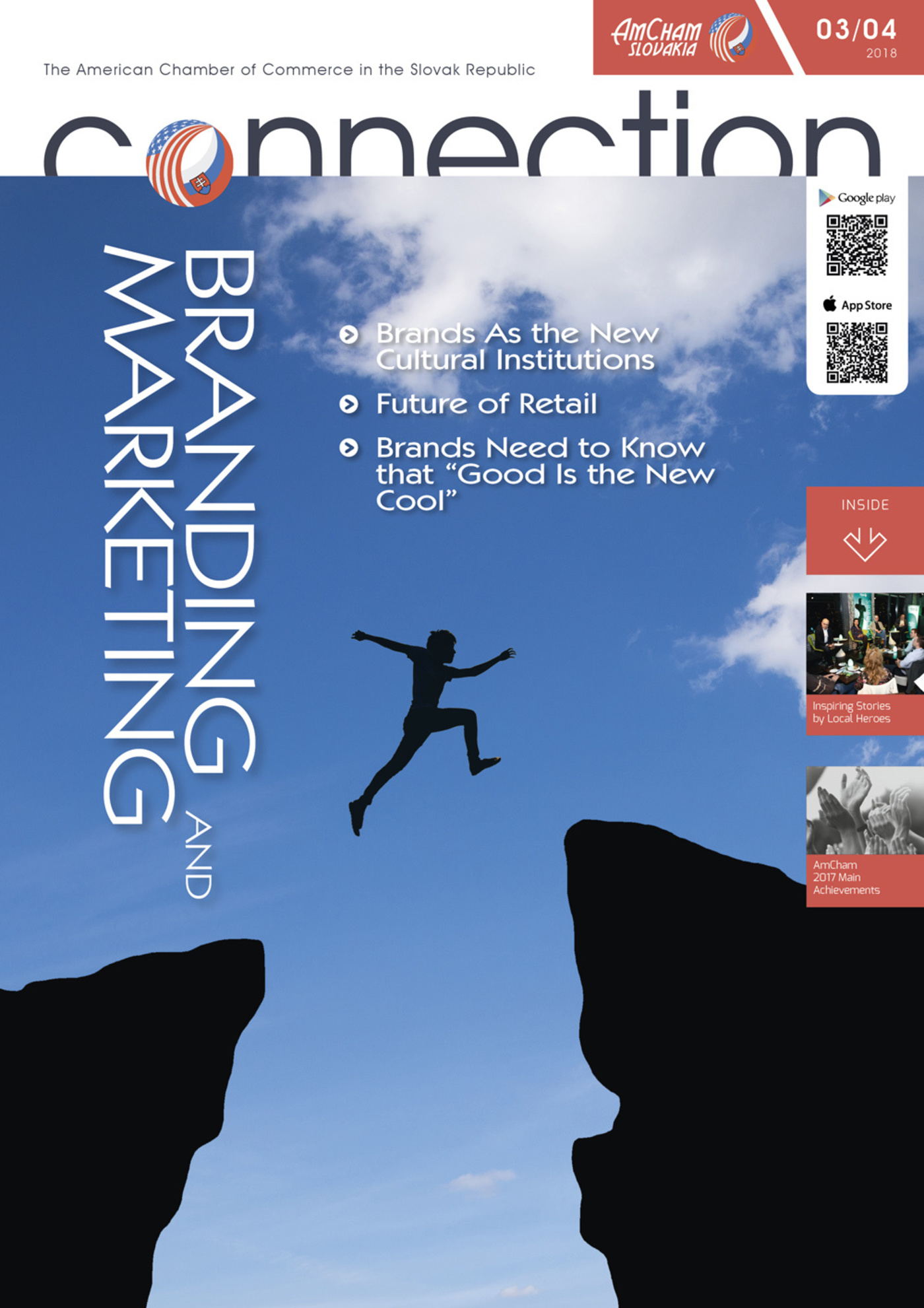Not too long ago, I worked with a private jet service on their brand and customer outreach. As you would expect based on the category, we were meticulous about every detail owned by the brand. Every word, every image, every paper stock, every interaction was debated and crafted to near perfection.
Taking care with brand elements proved successful. The brand grew, and customer and prospect feedback was extremely positive. High net worth prospects are demanding of their luxury products and expectations are high. As we followed the private jet customers on their lifecycle through surveys and concierge calls, the feedback changed.
The plane was a little older than they hoped. The food ordered from a third party was cold. Weather delayed them. Not your fault, not your problem, right? Wrong.
Vital brand interactions happen in the white space. The area your control doesn’t reach. The gap between your owned properties and the consumer. See, for that company, the jet fleet is largely leased not owned. They can’t perfect that part of the experience. Remember that brands exist for the most part in people’s minds. Those gaps between your product and polished communications, and consumers’ comprehension and experience are fertile and critical opportunities. Admittedly, a private jet service comes with a different level of expectation and examination. The stakes may seem a bit higher. But trust me, they aren’t.
Here’s an example: I never needed glasses. For 39 years, I had seen thousands of irrelevant brand messages for national optometry brands. When my young son needed glasses, I chose a brand that advertises heavily on TV and digital just to reach me. Four decades of investment to get me in that door. Maybe it was an off day, maybe she doesn’t like kids, maybe she was sick, but the person who helped us was flat out mean to my wife and son. We left without the glasses and went across the street to a competitor.
I have tried to do the math on that cost per acquisition. It’s sick. How many impressions that brand had served me. How many television spots I had seen over four decades. It had worked, I had remembered. It finally paid off. And then it all fell apart in the white space.
Imagine how carefully the marketing team had planned for this. They predicted I would become a lifelong customer. Entering the funnel, from awareness to purchase. Buying a new pair of glasses each year. So close! They missed because of that interaction. And the competitor that ultimately won my business didn’t do anything beyond having a store near the one I left.
For brands behind most consumer packaged goods or other physical goods, there is an even greater white space to navigate. We spend months or longer researching, designing and testing packaging and product faces. We want them optimized for visibility and desirability.
Brands that don’t control distribution through a store front are at the mercy of retail partners and absorb their challenges. If the staff at a grocer isn’t familiar with your brand story how do you expect a customer will receive it?
Perceptions of your brand are shaped by the context of the store and shelf. People understand your brand based on what’s surrounding it. Get placed among products your consumer doesn’t admire, and that’s the context. Get placed among products they are already familiar with and you might not stand out.
Luxury brands best understand that where the product can be bought informs my desire. Consumers equate like with like then seek ways to separate products. It’s why Tesla’s sales approach is so smart; they’re using a revamped sales experience to demonstrate just how different the brand mindset is. They’ve modified a loathed process to the benefit of the brand and the consumer (with the money to spend). They are telling consumers up front – we do not do anything like other car companies.
Context is such critical white space that I’m shocked when brands jump to give it away. A recent study by comScore demonstrated that digital ads on premium websites with higher quality content performed 67% more effectively than ads on lower quality sites. Not only regarding performance but also consumer favorability, consideration, and intent to recommend. Viewers of the ads related the brand to higher quality content and not chum. Brands that understand this are managing their white space and minimizing risk.
Without understanding the truth behind your best consumers’ brand journey, brands can’t capitalize on white space opportunities. Or correct problems. Get these nuances right, and you can create magic in that same white space.
This article was originally published by Brand Quarterly, an online magazine focused on helping your company, personal and employee brands grow. www.brandquarterly.com
Adam Pierno, Chief Strategy Officer, Santy Author, Speaker



Follow us